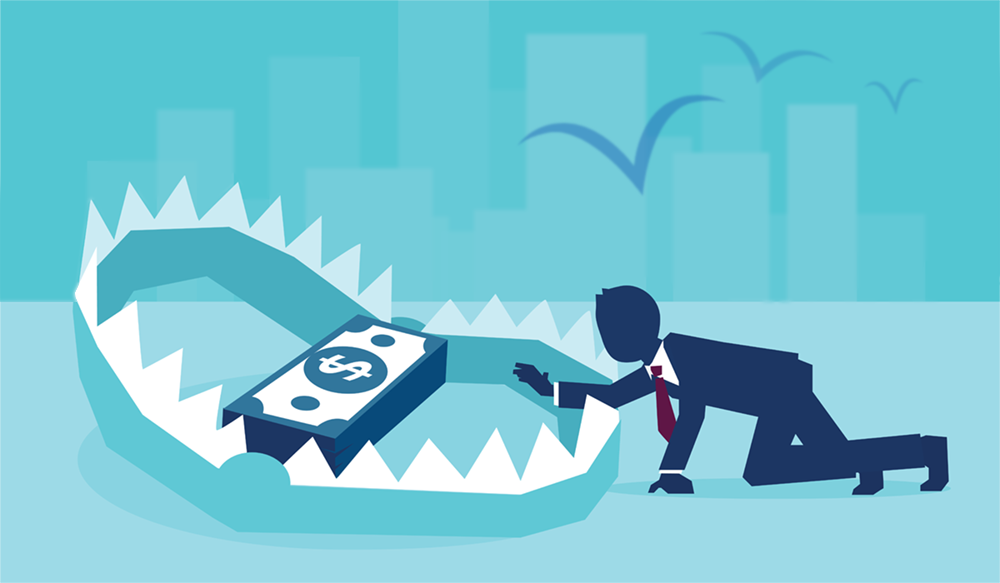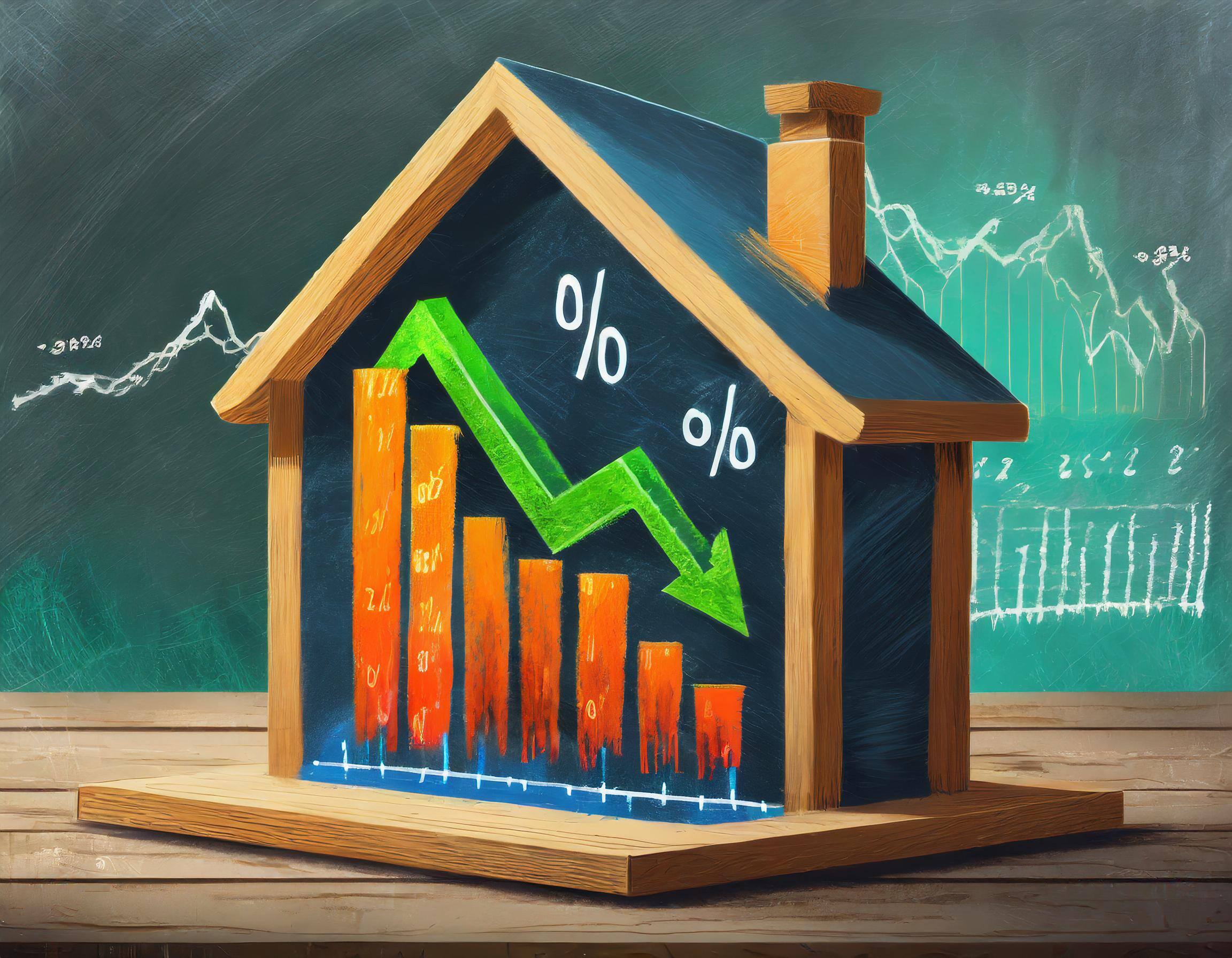We’re going to answer this question right upfront.
Even though “no-cost” mortgages are advertised every day (and maybe 50 times a day when interest rates fall) “no-costs” mortgages don’t really exist!
Eventually, you have to pay the costs of your mortgage or refinance one way or another. They include lender fees, escrow and title fees, credit reports, and appraisal.
The key is understanding where the costs are added, and if you’re being sold a “no-cost” refinance, where the costs are being hidden from you. (note: we don’t hide costs from you here at Point Equity)
Follow along as we explain the different ways “no-cost” refinances are often sold to borrowers, and how to know if you should get one. Or not.
What is a No-Closing-Cost, or No Out-of-Pocket Refinance?
When you’re refinancing a mortgage, you have the option to not pay those costs at closing. This is called a “no-closing-cost” refinance, or “no out-of-pocket” refinance. However, as stated earlier, you always have to pay the costs. But when? And how?
Well, you have two options, and neither are magical “no-cost” options, unfortunately. We’re here to tell you how the costs are added, what your options are to control the costs yourself, and the financial impacts of each one. It’s important to understand these options so you can make the best choice for you and your family. So, here they are:
Option 1: Add the costs to your existing loan balance.
This first option is take the balance of your existing mortgage, add the estimated closing costs for the new mortgage, and get a loan for that amount. When your new mortgage funds, the old mortgage and the loan costs are paid.
The financial impact of this option is you’ll pay the closing costs, plus interest on them, for 15-year or 30-years, depending on the term of your mortgage. Closing costs are approximately 1-1.25% for a $300,000 mortgage, or approximately $3,350 (including the appraisal fee.)
Is this option a good choice for you? Keep reading and we’ll tell you how to analyze that question below.
Option 2: Pay the costs with a slightly higher interest rate.
If the costs of your refinance isn’t being paid for with a higher loan amount, then it’s probably being paid for with a higher interest rate.
Mortgage rates fluctuate and interest rates can be volatile, but no matter what the rates are, there are always premiums added to the lowest available rate to cover industry costs (banks, brokers, etc.) If you don’t want to pay up-front fees to refinance, and you don’t want to increase your loan balance, then paying a slightly higher interest rate over the life of the loan is the other option.
So, once you get a Loan Estimate of closing costs, the loan officer can tell you if there is a slightly higher interest rate offering enough premium to cover estimated costs. If it’s lower than your current rate and lowers your monthly payment, lock in the rate. At closing, the premium pays the loan costs. Is this option a good choice for you? Read on to learn how to tell if this option is a good choice for you.
Is a No-Cost Refinance Right For You?
Now that you know there are always costs associated with refinancing, let’s consider if refinancing is even right for you.
Use these questions to help you decide, but remember - there is no right answer, only the answer that’s right for you.
Question #1: How long do you plan on living in your current home?
This is the most important thing to consider. If you plan on selling within a short period of time, paying fees to refinance is a waste of money. Neither of the no-cost options or even paying out of pocket, make financial sense.
The lower rates are enticing, and the lower your monthly payment, but compare the potential monthly savings to the total costs. It will take from two to seven years, or longer, to break even on the costs.
But remember when we said there’s no right answer except the one that’s right for you? Well, there are situations when refinancing is necessary even if you sell in less than two years. Check out question 2.
Question #2: Is it critical for you to lower your monthly mortgage payment?
Ok, everyone wants to lower their monthly payments. But for some, it’s the single most important consideration when interest rates fall.
If reducing the monthly payment helps to resolve an immediate financial need - the cost of a refinance is worth it. If this is your situation, your loan officer can analyze both no-cost options for you.
- Option 2 works if taking a slightly higher interest rate to get a premium lowers your monthly payment enough.
- Go with Option 1 and add the costs to the loan balance If you need the lowest monthly payment + interest rate but paying costs out of pocket isn’t an option.
Question #3: Does refinancing interfere with paying a mortgage off early?
There’s a lot to consider if you’re in your forever home and plan to pay off the mortgage as quickly as possible.
Refinancing to a lower rate will save thousands of dollars over time. And applying those savings to your mortgage will accelerate the payoff.
But how do refinance costs impact your early payoff plan?
If you go with option 1 and add the costs to your existing balance - you’re going backward. So option 2, using the interest rate premium to pay the costs, might be better. If you’re comfortable not getting the lowest interest rate available.
There might be unique issues in your personal situation to be discussed and considered. The first step is meeting with your loan officer to analyze your situation before making a decision.
But there’s one last loan cost we haven’t talked about and it’s important.
What About Paying Interest Due In a No-Cost Refinance?
You would be surprised, and not too happy, to learn you need to pay money at your loan closing when you expected a No Closing Cost Refinance. But there’s going to be interest due on your old mortgage. Interest that would have been part of your next monthly payment.
Once you obtain a mortgage, you owe interest daily until the loan is paid off completely. Mortgage payments cover a small portion of the principal and the rest is Interest. But what happens when you pay off your mortgage between monthly payments?
You owe interest.
You can add this amount to the new loan balance and pay it off over 15-30 years. But you’d be paying interest on your old...interest. Sounds crazy, right?
That’s why paying any interest due out of pocket, even with a no-cost refinance, is a smart thing to do. The interest due will be less than your regular mortgage payment because you won’t pay any principal. So this is not an additional cost of the refinance - but the daily cost of having a mortgage.
Now you know all the costs associated with a “no-cost” refinance. We’d love to change the name to the “decide how you want to pay the costs” refinance, but that’s just not as catchy, is it?
Luckily, at Point Equity Residential Lending we have friendly, fun mortgage professionals that can make refinancing exciting by walking you through your options and help you make your decision, with "no hidden fees". Contact us today to get in touch with one of our experienced Loan Officers.








